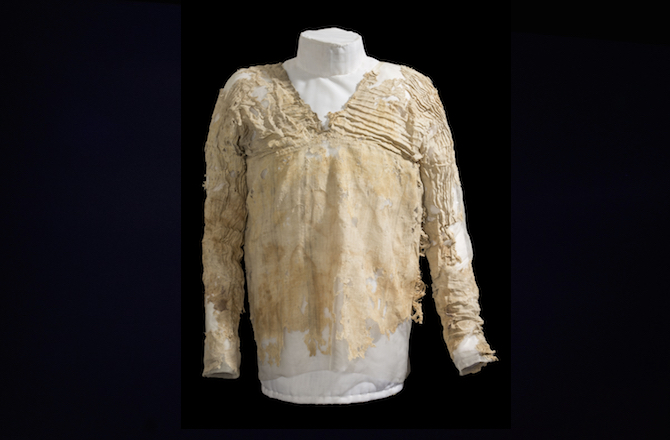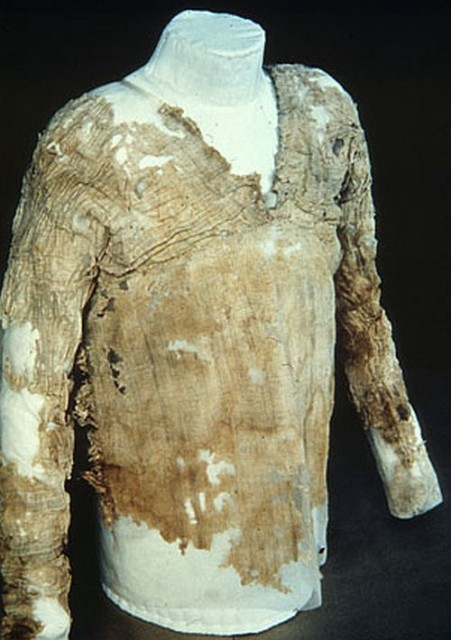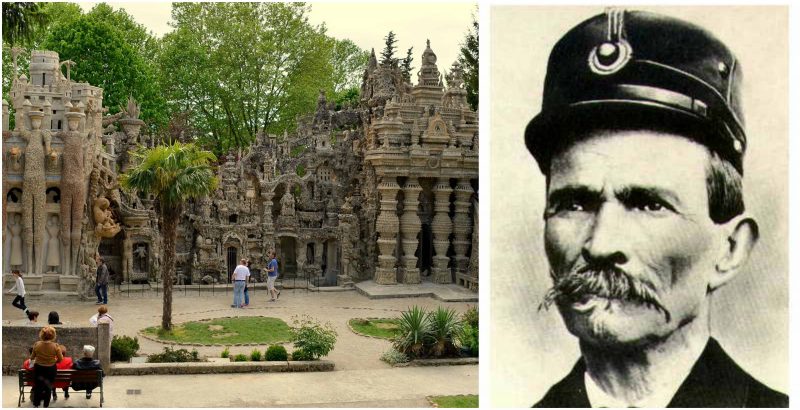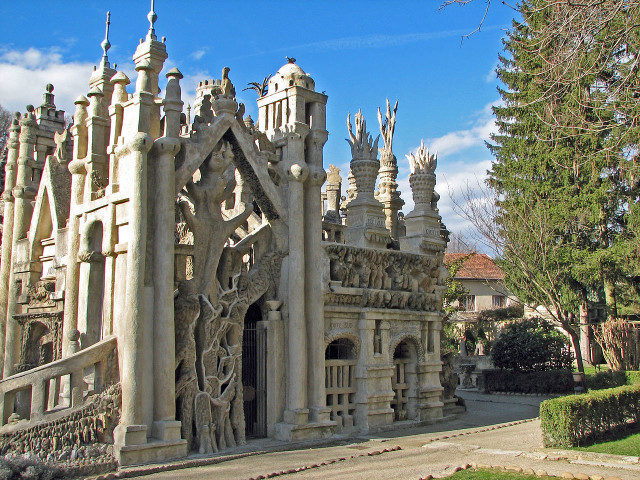
The earliest bar and restaurant, as well as the first known dress, were recently discovered in France.
The Antiquity Journal reported these discoveries which provide insight into what early life was like thousands of years ago in both ancient Egypt and southern France.
The article of clothing dating back to around 3482 B.C. is known as the Tarkhan Dress. Not surprisingly, the garment looks like a quite-tattered and stained shirt.
But this linen dress was a big deal back in the day, and when new it would have been very fashionable even as it might be today.
Researchers have been able to determine that the dress did have a natural pale grey stripe with knife-pleated sleeves and bodice. They were unable to decipher the original length of the dress since the hem is missing.

A pleated linen shirt found in First Dynasty Tarkhan cemetery in Egypt is the world’s oldest existing woven garment. Photo credit
Alice Stevenson is the curator of the University College London (UCL) Petrie Museum of Egyptian Archaeology.
She released a statement to the press saying, “The survival of highly perishable textiles in the archaeological record is exceptional; the survival of complete, or almost complete, articles of clothing like the Tarkhan Dress is even more remarkable.”
Stevenson added that it was suspected that the dress originated from the First Dynasty. Researchers have not been able to confirm this since the sample previously needed for testing would have imparted too much damage on the historic dress.
The age of the dress has now been confirmed, which makes it Egypt’s oldest garment. It is also the oldest known garment in the world that was woven.
In order to calculate the age of the garment, Michael Dee and his colleagues from the University of Oxford measured a small sample of the dress. This is how one determines how much radiocarbon (a radioactive isotope of carbon) remained in the linen.
Linen is known for being suitable for the radiocarbon dating process; researchers explained that it is due to the flax fibers that grow over a pretty short time.
If you visit the UCL Petrie Museum of Egyptian Archaeology, the dress can be seen on display. It certainly shows the wear and tear that originates from the early days. The thought is that a young and very thin woman once wore it.
The same journal reported a separate study that highlighted the discovery of a tavern in southern France. The leftover remains of the structure are 2,141 years old.
It resides at a site called Lattara. Co-authors Benjamin Luley of Gettysburg College and Gaël Piquès of Montpellier University reported on the finding.
They said, “Not only is the tavern the earliest of its kind in the region, it also serves as an invaluable indicator of the changing social and economic infrastructure of the settlement and its inhabitants following the Roman conquest of Mediterranean Gaul in the late second century B.C.”
Originally the researchers just thought they had uncovered an old bakery. They were able to determine that the site had featured three huge ovens and indoor gristmills at some point.
However, they later found another nearby room that was located across from the courtyard. It had benches lining its walls.
They also found fish bones, sheep, and cattle; big platters and bowls were also unearthed at the site. It is likely that the meat was cooked BBQ-style over a charcoal burning hearth since that was also found at the site. Ceramic drinking vessels were the most common find.
The tavern dates back to the Roman period in France. Therefore, researchers think it is a very well-equipped Roman style tavern that likely offered a vast menu. Roadhouses along popular travel routes were quite common in those days.
In that region, wine was the most popular drink of choice, but that remains true even today. It is clear that a lot of it was served while the tavern was open for business. This would have made for a popular spot to visit in a nice scenic area circa 125 B.C.
That time French postman tripped over unusual stone & spent 30 years building a palace made of pebbles

One day, a man tripped over an unusually shaped stone and decided to build a dream palace. During the next 30 years of his life, he spent building Le Palais Idéal in Hauterives. The story of a French mail carrier, Ferdinand Cheval, speaks about a man who built a palace that is regarded as a remarkable specimen of original Naïve Art architecture.
Cheval was born in Charmes-sur-l’Herbasse in 1836 and lived in Châteauneuf-de-Galaure. He left school when he was 13 to become a baker, but eventually became a letter carrier.

Ferdinand Cheval
The story of the Ideal Palace began in 1879, when one day, while walking his mail route, Cheval was distracted one day by a strange-shaped stone that he tripped over. His account of the incident and the journey to the Ideal Palace begins here: “I was walking very fast when my foot hit something that sent me stumbling for a few meters. I wanted to know what caused me to trip. In a dream I had, I built a palace, a castle or caves; I don’t remember specifically, and I cannot express it well… I didn’t tell anyone about my dream for fear of being scoffed at, and besides, I felt a little ridiculous myself.
Then, all of a sudden, fifteen years later, when I had almost forgotten my dream, and I wasn’t thinking about it at all, my tripping incident reminded me of it. My foot struck a stone that almost made me fall. I wanted to know what it was… It was a rock of such a strange shape that I put it in my pocket to admire it later when my work was done.”
The day after, I went back to the same location. I found more stones, even more beautiful, I gathered as many together as I could and was overwhelmed by delight… The rocks were sandstone shaped by water and hardened by time. They have become as hard as pebbles. They are sculptured by nature, so strange and almost impossible for man to imitate; they represent any animal, any caricature. I was thinking to myself: ‘Since Nature was willing to do the sculpture, the least I can do is the masonry and the architecture.’”
For the next thirty-three years, Cheval had been picking up and collecting stones during his daily mail rounds and carried them home to build the Ideal Palace. The outer walls were first; it took twenty years to build them. In the beginning, he carried the stones home in his pockets, then switched to using a basket. In the end, he was using a wheelbarrow. Most of the time he worked at night, and the only light he had was an oil lamp. The stones were bonded together with a mixture of lime, mortar, and cement, hand-mixed by Cheval. The Stone Palace is an impressive mix of different styles inspired by Christianity and even Hinduism.
Just before his death, Cheval started getting recognition from famous artist like Pablo Picasso and André Breton. Anaïs Nin wrote an essay that commemorated the work of his Palace. “The Postman Cheval” is the title of a collage created by the German artist Max Ernst in 1932. The work is owned by the Peggy Guggenheim Collection, and it’s permanently displayed. A short film about Cheval’s palace called Le Palais idéal was made in 1958 by Ado Kyrou.

Palais idéal

The Palais Idéal. Realized by the postman Ferdinand Cheval (Hauterives, France), south side
In 1969, France’s Minister of Culture, André Malraux, declared the Palais a national landmark and today it’s officially protected. In 1986 Cheval adorned a French postage stamp.
Read another story from us: Some the world’s most beautiful castles
The Ideal Palace is open to visitors every day except Christmas Day and New Year’s Day, and it is also closed from 15th to 31st January.
Video:





